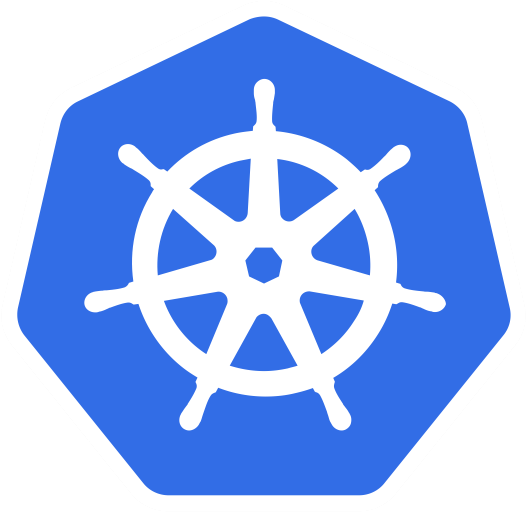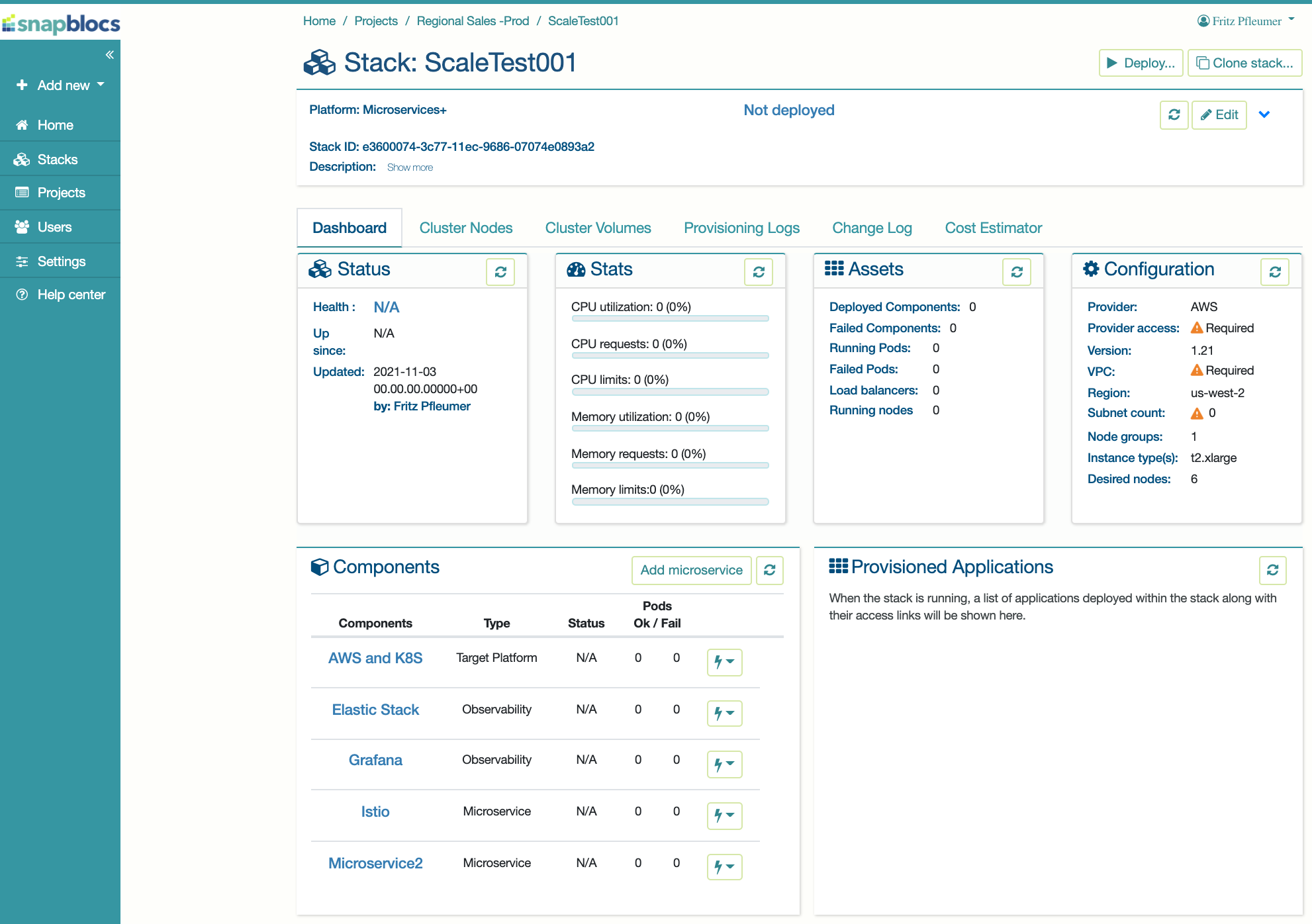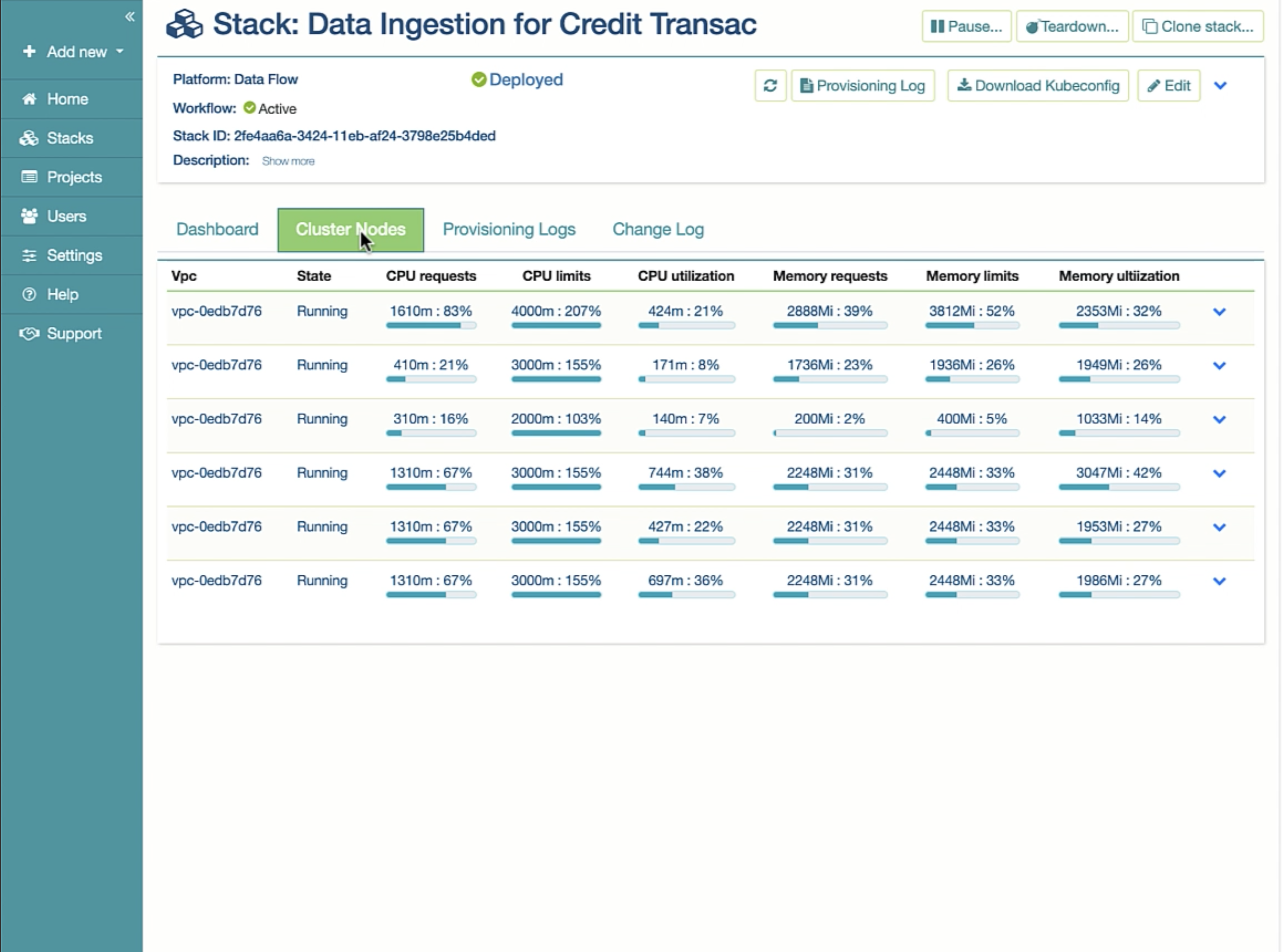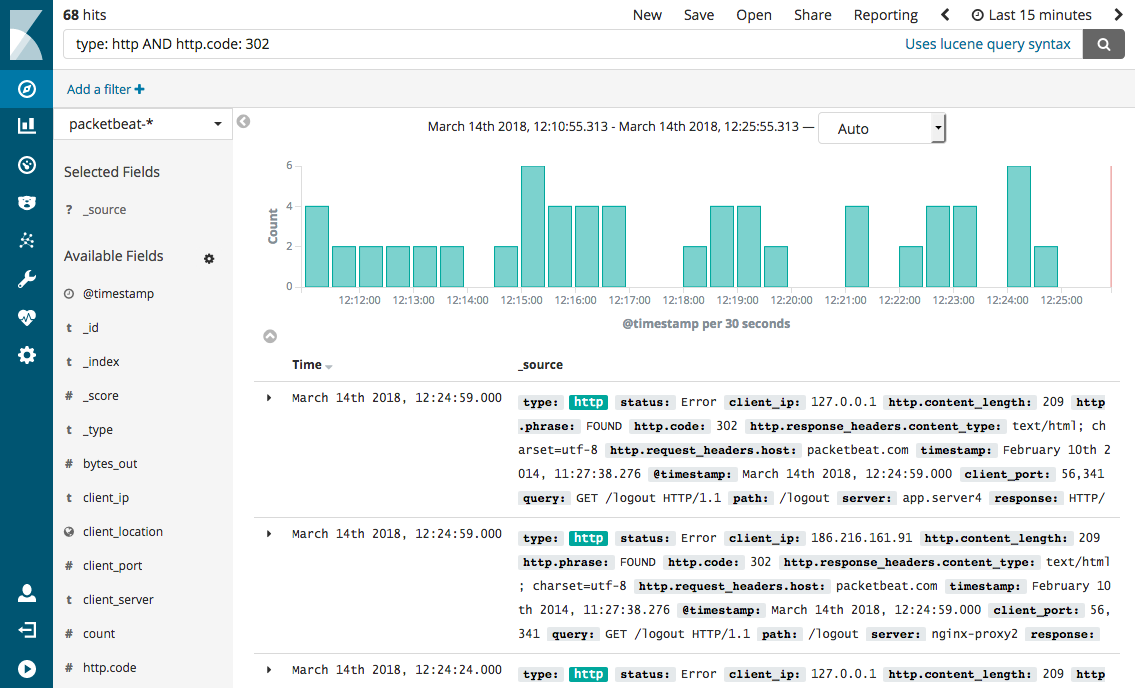Manage Your Applications on
Kubernetes clusters
in your Cloud, in Minutes
Get out-of-the-box, best practice management of your applications on Kubernetes clusters. Production-ready in your cloud. Focus on what matters!
Ready to get started?
Explore snapblocs using your cloud account OR use our free Sandbox environment credit. We make it easy to try!

DIY App management on Kubernetes in the cloud is hard!

snapblocs Kubernetes+
Spend more time developing your containerized applications and less time building Kubernetes infrastructure.
Provision and deploy your containerized applications on production-grade Kubernetes clusters in minutes with snapblocs dpStudio SaaS UI.
snapblocs dashboards and observability



Rich dashboards that monitor your services, applications, configurations, and change management.
+ Built-in Elasticsearch for Observability = logging, metrics, Application Performance Monitoring (APM)
+ Kibana as an data visualization tool
Focus on what you do best
snapblocs dpStudio automates many data platforms, including our Kubernetes+ platform via our blueprint solution bloc library.
snapblocs automates architecture
snapblocs automates based on the "well-architected" guides such as "AWS Well-Architected for AWS" and Google "Cloud Architecture Framework." for the provisioning and configuring of production-grade Kubernetes clusters and workload deployment into the clusters.
snapblocs Low-code Architecture-as-a-Service

Low-code Architecture-as-a-Service: The Evolution of Cloud Computing “as a Service”. Read the article
Cloud platform evolution

Pavan Belagatti, the award-Winning Tech writer, discusses our vision for low-code Architecture-as-a-Service. Read Pavan's post
Realize the benefits of snapblocs and Kubernetes for your Containerized Applications
snapblocs Kubernetes+ Platform enables you to deploy and manage your Kubernetes cluster quickly and easily in your cloud environment. Utilize the Low-Code Self-Service UI, dashboards, and observability features.
You can deploy and scale your applications quickly and easily on a well-managed Kubernetes+ Platform. Don't waste time building your tools; spend your time building your applications.
Namespaces for team separation
Set Resource Requests & Limits
Use readinessProbe & livenessProbe
Cluster Autoscaling
Terminate Pods with Grace
Cloud-Managed SSL Certificates
Kubernetes Ingress Controller

Why Kubernetes?
Kubernetes is a portable, extensible, open-source platform for managing containerized workloads and services. Kubernetes provides the ability to automate application provisioning and scaling required by the application's workload.
Agile application lifecycle
Decouple applications from infrastructure
Built-in Observability
Portability
Horizontal Pod Autoscale
Resource isolation
Open source:

For DevOps
With the snapblocs Kubernetes+ Platform, your provision and deploy production-grade Kubernetes clusters in minutes with snapblocs dpStudio SaaS UI. Developers get easy self-service provisioning while Operations teams get centralized control, security and monitoring.
Self-service, provisioning, low-code, iterate quickly
Robust RBAC and security
Full lifecycle management including pause, clone
Built-in observability and dashboards
Built-in cost estimator tool and cost management
UI control for Cluster Autoscaler
Ingress enabled
Kubernetes, ready-to-go
snapblocs Kubernetes+ Platform combines multiple best-in-class open-source technologies as ready-to-go solution-blocs with out-of-the-box configuration and integration. Customization can be done quickly, without coding.
Amazon EKS - Google GKE - Microsoft AKS
Kubernetes

Elastic

Grafana

Get more done!
Leverage a self-service, ready to go, Kubernetes container-orchestration solution for automating your containerized application deployment, management, and scaling. Don't spend time on the plumbing. Spend your time on what matters!
For rapid growth organizations
Migrate legacy applications to Kubernetes
Extend legacy application functionalities
Build web apps
Make workloads portable
Scale containers easily
Build more extensible apps
snapblocs Kubernetes+ compared
snapblocs’ Kubernetes+ platform delivers complete functional data solutions for our customers. We provide operational tooling and enablement and well-designed architecture out of the box.
| Key Functionality | Other Kubernetes Platforms | snapblocs Kubernetes Platform |
|---|---|---|
| Kubernetes based | Yes | Yes |
| Pause, resume, clone, and move stack | No | Yes |
| Observability | Y (K8S only) | Y+ (K8S + Components) |
| Add your own components | Manual | Self-service UI |
| Platform blueprints (complete solution stacks) | No | Yes |
| Integrate open source components | Manual / Custom | Platform blueprints & UI |
| Component configuration | Manual | UI or Manual |

Low-Code, Self-Service configuration of your application components
Deploy your application as a component. The snapblocs UI makes it easy to configure, manage and optimize your application deployment.


Elasticsearch
The snapblocs Kuberenetes+ Platform includes Elasticsearch, which can be used for a wide range of use cases. It's an excellent tool for full-text search, log analytics, security intelligence, and business analytics! This distributed search and analytics engine is built on Apache Lucene.
Kibana
snapblocs provides everything you need to start utilizing Elasticsearch data. The snapblocs Kuberenetes+ Platform includes and provisions Kibana, which is an open-source user interface for visualizing your Elasticsearch data and navigating the Elastic Stack. It can be used for log and time-series analytics, application monitoring, and operational intelligence use cases and more.

snapblocs Architecture-as-a-Service delivers instant value
Day 2 level operations out of the box

Get instant Day-2 Level Operations
Self-service fully automated Kubernetes clusters deployed in your cloud environment. Click to deploy, scale at will.


Leverage additional snapblocs platforms
snapblocs offers a pre-fab blueprint library that combines multiple best-in-class open-source technologies into ready-to-go solution-blocs on Kubernetes

snapblocs makes it easy to Deploy and Manage Data Platform stacks
How to deploy a stack
This video will explores Component Configuration, Stack Deployment and Stack Teardown.
How to manage the lifecycle of a stack
This video demonstraights Pausing, Resuming, Cloning and Moving stacks.
Multi-Cloud - Click to deploy
Companies today typically have 2.6 public clouds in actual use, and 92% of companies have chosen multi-cloud. snapblocs makes it easy to abstract the management and cost optimization for your Kubernetes clusters among multi-cloud providers
snapblocs dpStudio supports the major cloud providers, including Amazon Web Services, Google Cloud Platform, and Azure.
Leverage our Kubernetes+ Platform as an infrastructure abstraction: Configure once and run in multiple clouds.




Start your free Kubernetes+ Platform today
Deploy a Kubernetes+ Platform and many other data platforms using the snapblocs blueprint library.
Documentation
Our Help Center has the resources you need to learn about dpStudio.
Access the dpStudio Help Center
dpStudio Videos
Tutorials and How-to-Videos show how dpStudio and our blueprint library can reduce your development cycle.
View the dpStudio Videos
Book a meeting
Schedule a mtg to talk about professional services or book your free interactive demo of dpStudio.
Contact us
Got questions? Our team is here to help.